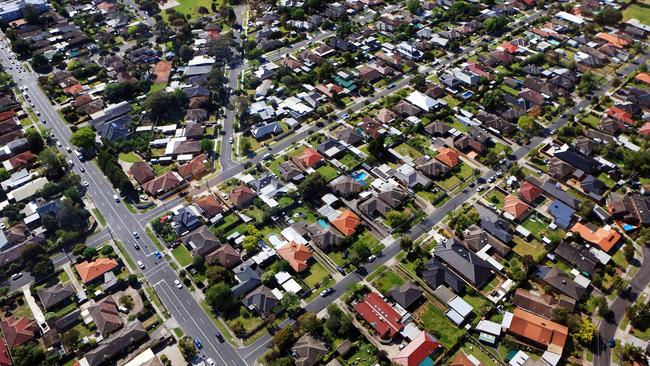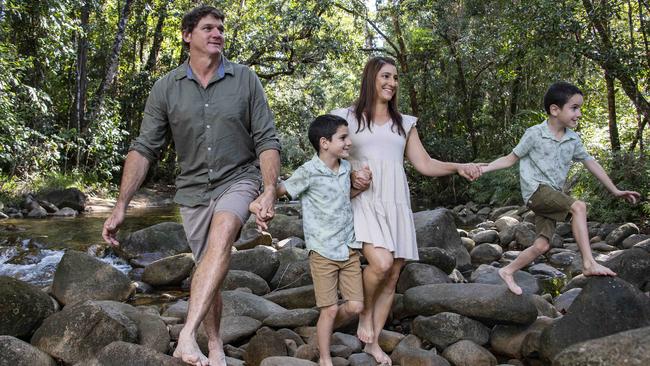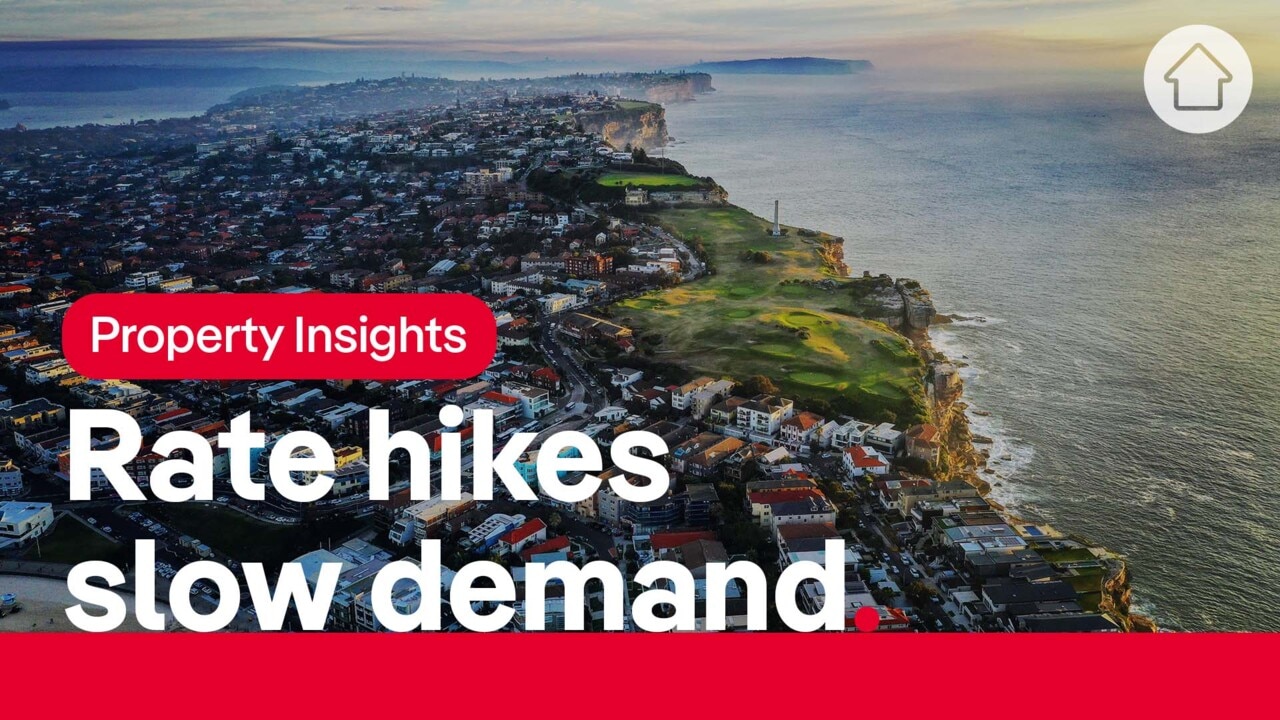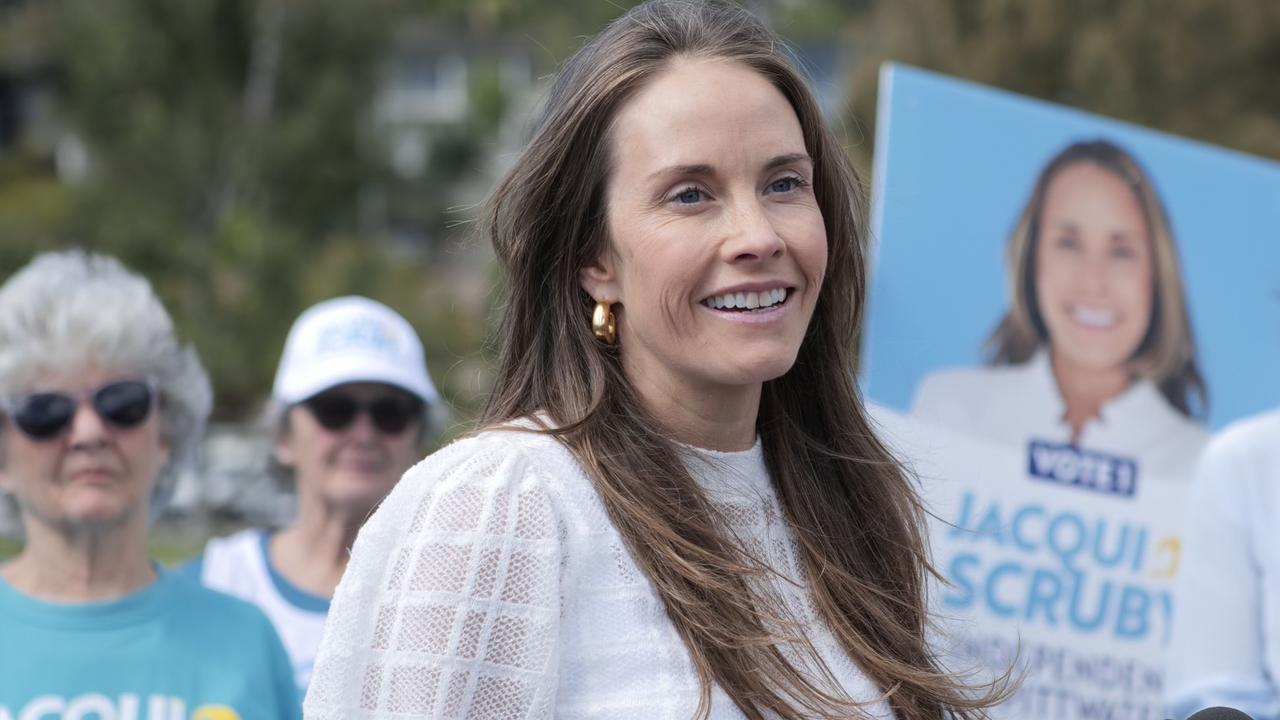Property price drop: how your suburb is faring
Some capital city suburbs have plunged 21 per cent, with the areas that boomed fastest now hardest hit | SEARCH YOUR SUBURB

Parts of Australia that boomed fastest through the pandemic are now being hit the hardest by falls as the property market turns down in the face of growing economic uncertainty.
After property prices moved in uncharacteristic synchronicity through the fastest gains in recent history, the increasingly fragmented nature of the emerging housing downturn is hitting the larger capital cities first.
Suburb-level analysis compiled by PropTrack for The Weekend Australian shows more than 50 per cent of the country is now experiencing declines in property values across both houses and units, hitting inner-city Sydney, Melbourne and Canberra.
Prices have come back 0.55 per cent nationally since peaking in March, before which growth of 35 per cent was recorded from the onset of the pandemic. The median property cost in Australia sits at $716,000.
PropTrack director of economic research Cameron Kusher said Sydney and Melbourne – which represent two fifths of Australia’s housing stock – had been slowing before interest rates began to rise in May, which has meant potential buyers can now borrow less and are taking more time to weigh purchase decisions against their household budgets.
“People weren’t expecting interest rates to increase for a number of years, but it’s also just the cost of housing in those cities,” Mr Kusher said.
“Interest rates have increased 1.25 per cent in three months. That means people can’t borrow as much as they could. And if rates go to 2.5 per cent, as expected, that’s going to dramatically reduce people’s ability to pay the prices people are seeking in those markets.”
The far-north Queensland town of Tully, south of Innisfail, has proven immune to declines so far this year, recording the fastest-moving house prices in the country over the June quarter. With gains of almost 24.87 per cent, the town has accumulated the majority of its yearly growth (up 37.39 per cent) in just three months.
Locals Melissa and Tim Murphy, aged 39 and 42, purchased their home 10 months ago and don’t think they could have afforded it now, just like many locals who rely on farming work. They attribute the change in prices to southern buyers.

“I think a lot of southerners want to escape Covid and life and come here for country living,” Ms Murphy said. “We are a small town and everyone knows everyone. I think people love that the Cassowary Coast is where the rainforest meets the sea.”
On the opposite side of the spectrum, six Canberra suburbs recorded the largest capital city declines through the June quarter, including the prestigious Red Hill (down 20.64 per cent) and Hawker (down 21.38 per cent).
Unit markets never experienced the same growth through the boom as houses, with many inner-city suburbs in Sydney, Adelaide and Perth only now recording gains.
Homeowners are watching on as the Reserve Bank looks to tackle runaway inflation with rapid cash rate increases.
Deputy RBA governor Michele Bullock revealed on Tuesday repayments will increase by 40 per cent for three in 10 mortgage holders should interest rates climb above 3 per cent, which is looking increasingly likely.
The consensus among economists is that the property market is tipped to fall anywhere from 15 to 20 per cent, depending on the particular area.

ANZ senior economist Felicity Emmett said buyers were already facing access to less credit and were becoming increasingly cautious about budgets, which would drive further declines.
“By the time we get to the end of the year, we’ll be seeing consistent falls across the capital cities,” Ms Emmett said. “There will be some people who struggle with higher mortgage repayments. But when we look across the aggregate, we can see that people have built up lots of savings buffers.” the quick step-change in market conditions does not mean it has entirely swung to a buyers market, said managing director of national real estate agency Ray White, Dan White. He believes it is a good time to buy and sell in the same market given the pressure has come off, but those hoping to get top dollar are needing to reassess their expectations.





